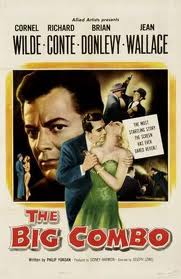 The Million Dollar Theater in downtown Los Angeles will show two classics of film noir on Wednesday night.
The Million Dollar Theater in downtown Los Angeles will show two classics of film noir on Wednesday night.
“The Big Combo” (1955) by Joseph H. Lewis
Cornel Wilde plays Police Lt. Leonard Diamond, a cop on a mission to nail a badass gangster (Richard Conte). Jean Wallace (Wilde’s real-life wife) plays the woman they both love. Lewis, the auteur of “Gun Crazy,” directed. Noir master John Alton (“T-Men”) was the cinematographer and David Raksin (“Laura”) composed the music. Leonard Maltin calls it “a cult item, stylishly directed.”
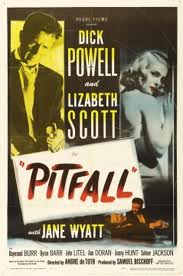 “Pitfall” (1948) by André De Toth
“Pitfall” (1948) by André De Toth
Murder is the last thing on John Forbes’ mind when he starts an affair with model Mona Stevens. He’s just bored with the insurance biz and married life. But this is film noir and things get complicated quickly, especially since Mona’s also involved with an embezzler.
“Pitfall” stars Dick Powell, Lizabeth Scott, Jane Wyatt as Mrs. Forbes and Raymond Burr as MacDonald, a nosy, lecherous ex-cop. MacDonald is one of noir’s slimiest villains and this is one of Burr’s best performances.
The show starts at 7:30 p.m. this Wednesday, Feb. 8. The theater is at 307 S. Broadway Ave., Los Angeles, 90013. Tickets are $10.





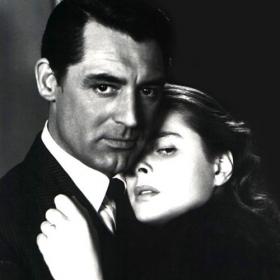

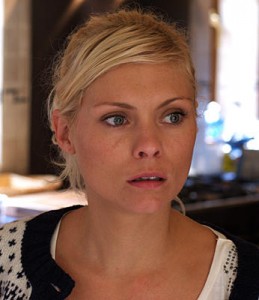
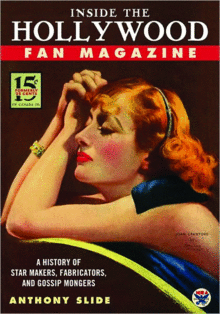
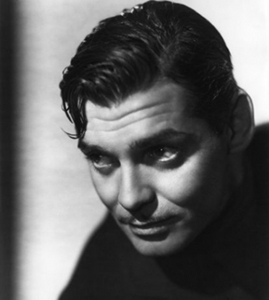
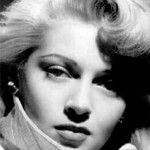


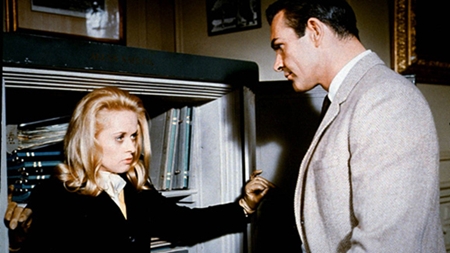
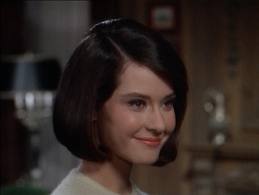
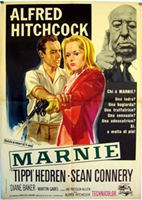
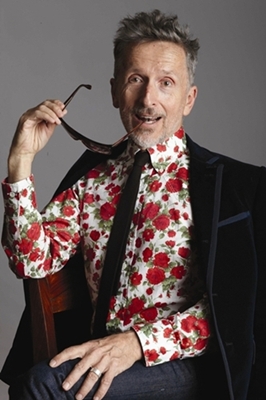
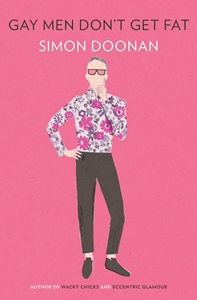
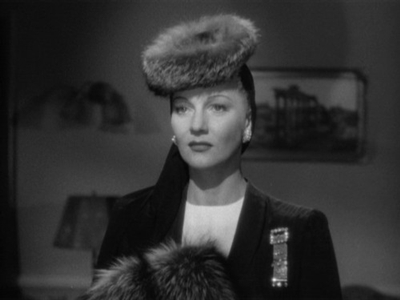
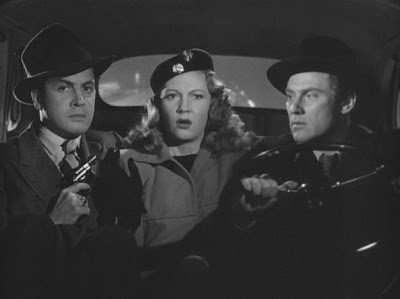
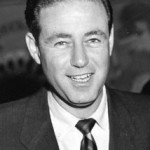





From FNB readers